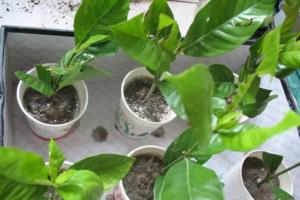Culture method of bird nest fern
Bird's nest fern is a common ornamental plant. What problems should be paid attention to in breeding bird's nest fern? next, we will introduce it in detail.
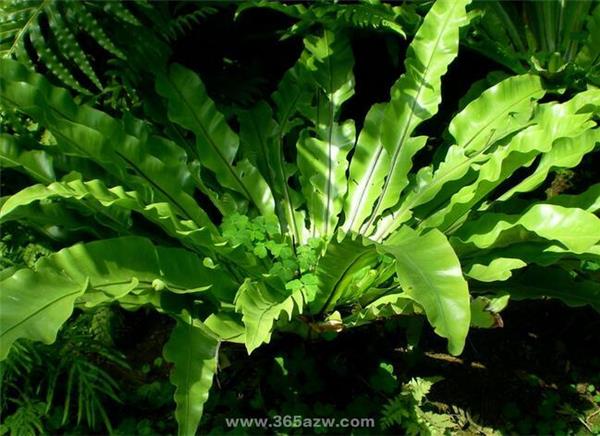
Bird's nest ferns are planted directly on fake trees or wood segments, but water is often sprayed to maintain high air humidity. Bird's nest ferns prefer semi-shady conditions of warmth, humidity and strong scattered light. It can grow all the year round under the condition of high temperature and humidity, and the optimum temperature for its growth is 20-22 ℃. It is not resistant to cold, and the overwintering temperature in winter is 5 ℃. Spring and summer growth peak need more watering, and often spray water to the leaf surface, in order to keep the leaf surface smooth.
Pteridophytes are very popular among foliage plants in recent years. In particular, the artificially processed bird's nest fern, or a single clump hanging in the shape of a hanging basket, can sow cool to the living room, or epiphytic plants of different sizes in different parts of truncated palm stakes and snake stakes, as if in a multi-headed cycad tree, there is not only the heroic momentum of iron trees, but also the elegant temperament unique to ferns themselves. Its leaf band is like the Luo shirt and green shadow of the ancient flying goddess, and its tufted epiphytic plants are like a bird's nest hanging at the end of a tree.
Bird's nest fern is a kind of epiphytic fern, which is a perennial shady herb foliage plant. Bird's nest ferns can be hydroponically cultivated. When hydroponic bird nest ferns are cultivated, they usually need to be familiar with some key points of conservation:
The main results are as follows: 1. The single plant with smaller plant should be selected in hydroponic culture, and then the pot root washing method should be adopted.
2. Bird's nest ferns should often spray water to the leaves during the growing season to improve the humidity of the air.
3, pay attention to the timely addition of fertilizer, when the lack of fertilizer or the temperature is too low, the leaf edge of the bird's nest fern will turn brown.
4. Hydroponic bird nest ferns only need to scatter light, avoid hot sun exposure, and avoid light in summer.
5. Bird nest fern can survive the winter when the winter temperature is above 8 ℃.
6. The bird's nest fern is usually given a change of water for about 20 days in summer, which can take longer in winter.
The method of Aquatic Culture of Bird's Nest Fern
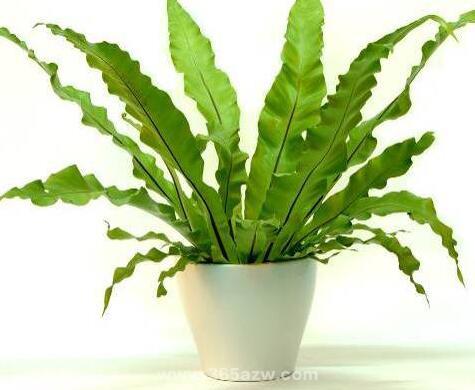
Temperature: the suitable temperature for the growth of bird's nest fern is 16 ℃-27 ℃. When the temperature drops below 10 ℃, the growth of bird's nest fern will stagnate and lose its leaf color. It is best to keep the temperature above 15 ℃ in winter, and at least not less than 5 ℃ if the conditions are not available, otherwise the leaf edge of the bird's nest fern will turn brown or even freeze to death.
Care: bird's nest fern likes semi-shade and is not resistant to strong direct light. during the growing period, it does not need strong direct light, mainly scattered light. It is the natural light that comes in from windows and other places, which is naturally scattered indoors. Try to avoid direct sunlight in summer.
Humidity: spray water on and around the leaves of the bird's nest fern to maintain humidity. You can spray water twice a day. Or wipe the leaves with a towel, which can not only increase humidity but also clean the leaves of bird's nest ferns.
Ventilation: bird's nest ferns can grow well in a well-ventilated environment. Where water-cultured bird's nest ferns are placed, the doors and windows should be opened regularly to let the air form convection and make the outside fresh air enter the room.
Nutrient solution: generally, we can use the special nutrient solution for hydroponics sold on the market. what we should pay attention to is to put the tap water for a day, wait for its temperature close to room temperature and the chlorine in the water to volatilize clean, and then add the nutrient solution in proportion.
Change water: if you use tap water, leave it for a day so that the chlorine is emitted and the temperature is moderate. It usually takes about 20 days to change the water for the bird's nest fern in summer, but it can take longer in winter. If the water quality is clean, the bird's nest fern will grow strong and without rotting roots, and there will be no problem for a longer time, but the evaporated water should be replenished in time.
Points for attention of bird's nest fern
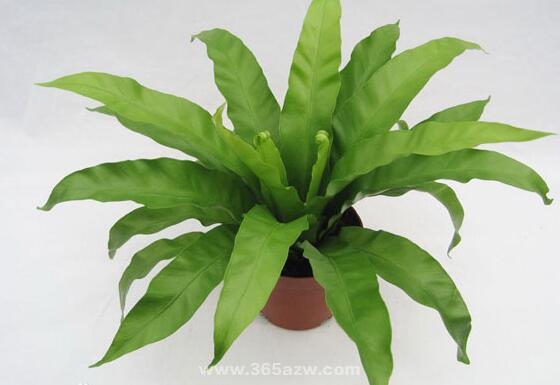
When the bird's nest fern grows larger, there will be small branches. At the end of spring, the root can be separated with a knife. When transplanting, the potted soil should not be too wet, otherwise the root will rot. The newly transplanted bird's nest fern leaves can be cut off to facilitate survival. With the growth of bird's nest ferns, the leaves will gradually return to their original appearance. Bird's nest fern leaves are delicate to prevent exposure and frost, but can not be irradiated without light for a long time, and can be placed in a place with good scattered light conditions.
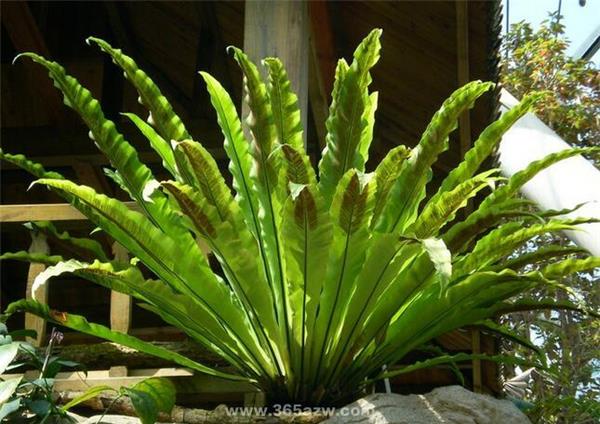
The above is the introduction of bird's nest fern culture. I hope it will be helpful to you.
Related
- Wuhan Hospital Iron Tree Blooming Result Was Instantly Frightened by the Gardener Master
- Which variety of camellia is the most fragrant and best? Which one do you like best?
- What is the small blue coat, the breeding methods and matters needing attention of the succulent plant
- Dormancy time and maintenance management of succulent plants during dormancy
- Minas succulent how to raise, Minas succulent plant pictures
- What are the varieties of winter succulent plants
- How to raise succulent plants in twelve rolls? let's take a look at some experience of breeding twelve rolls.
- Attention should be paid to water control for succulent plants during dormant period (winter and summer)
- Watering experience of twelve rolls of succulent plants
- Techniques for fertilizing succulent plants. An article will let you know how to fertilize succulent plants.



